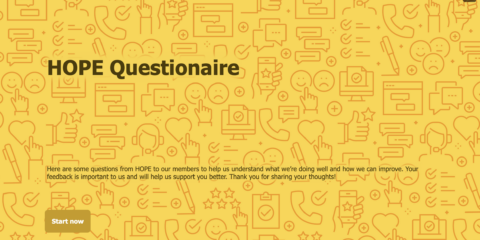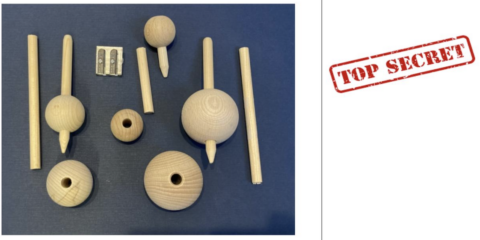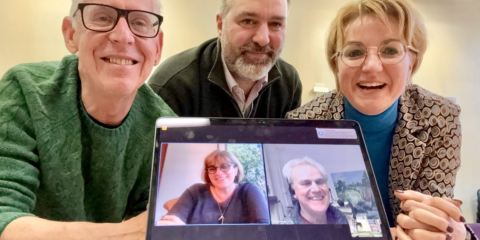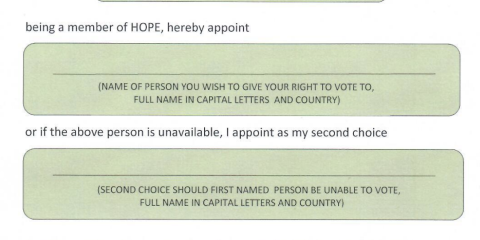The Cat Under The Table
As a hospital school teacher I teach children who experienced traumatising situations and got taken out of their family for child protection issues. When I teach them, they are in a “hospitalized” situation, freshly taken out of their families, living at a youth welfare service, that takes care of them.
The 8-year-old girl was introduced to me in a team meeting as a child that doesn’t bear other persons and is not able to stay in a group. This description did fit to how I perceived her in my lessons. She sat under the table, pretended to be a cat, scratched at the wall with her crawls and showed her teeth. The psychiatric diagnose for her was Conduct-dissocial disorder (ICD 11 – 6C91.0).
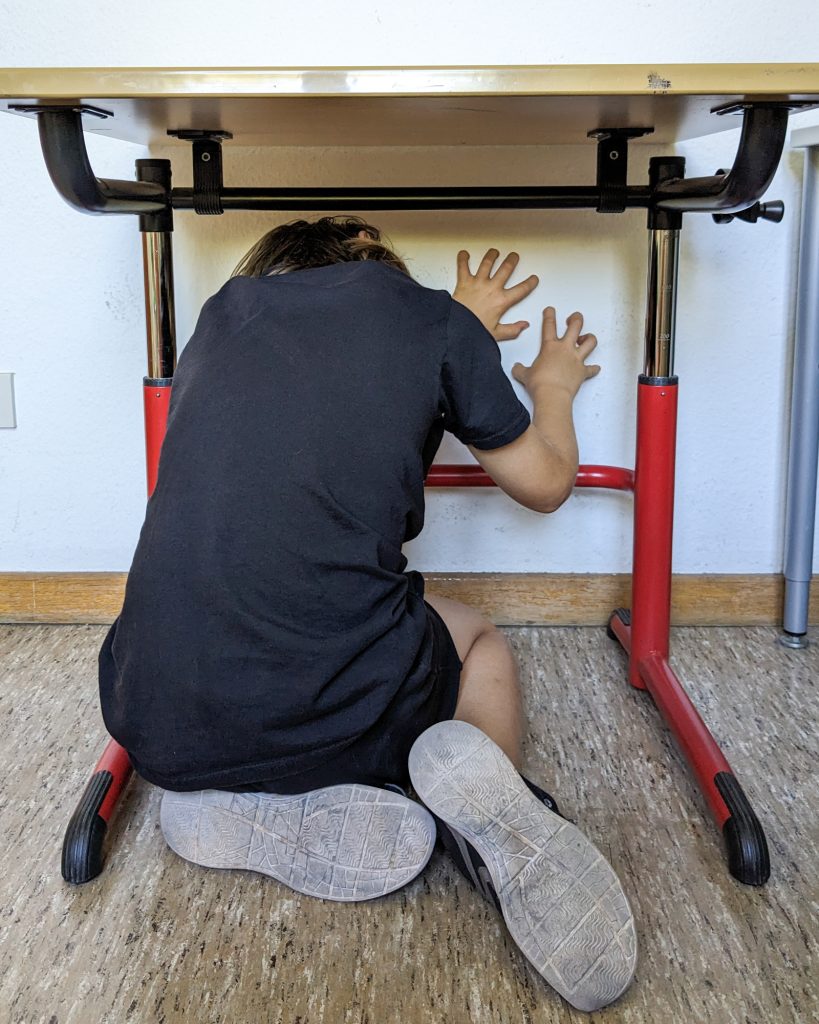
PICTURE 1: The girl sitting under the table as a cat. The scene was recreated.
Learning with her was nearly not possible for the first weeks. In the beginning she mostly sat under the table. In times where she sat at the table, she wouldn’t accept me sitting next to her, and she wouldn’t hold a pen nor accept learning material on her desk. If I tried to make her learn, she got aggressive, I tolerated her not working. Over time she participated in the lessons orally, but she wouldn’t write or read. She wouldn’t draw nor would she paint a picture. In some lucky minutes she would do maths, very rarely with a pen on a paper. One
day she started to look at letters with me. I asked her to read easy words – as she was in year 2. She couldn’t tell me the names of the letters. She couldn’t read. She recognized her name by the whole shape of the word. That was it.
I couldn’t understand why she couldn’t read although she was a girl having been to school for over a year. There was no diagnose for another developmental disorder that could be a reason for a learning disorder.
The next trials of reading with her failed. She refused. In my helplessness I got a digital device, opened a digital book creator app and gave it into her hands. I told her she could type the reading words into the book and then read them aloud with me and record her reading. She accepted the idea and typed in the first syllables. I showed her how to join the letters together. Surprisingly she liked me sitting next to her for her learning to be able to read the words aloud and record her reading. With success. She started to read.
From there on I used digital devices and the microphone for audios for a lot of other children since then.
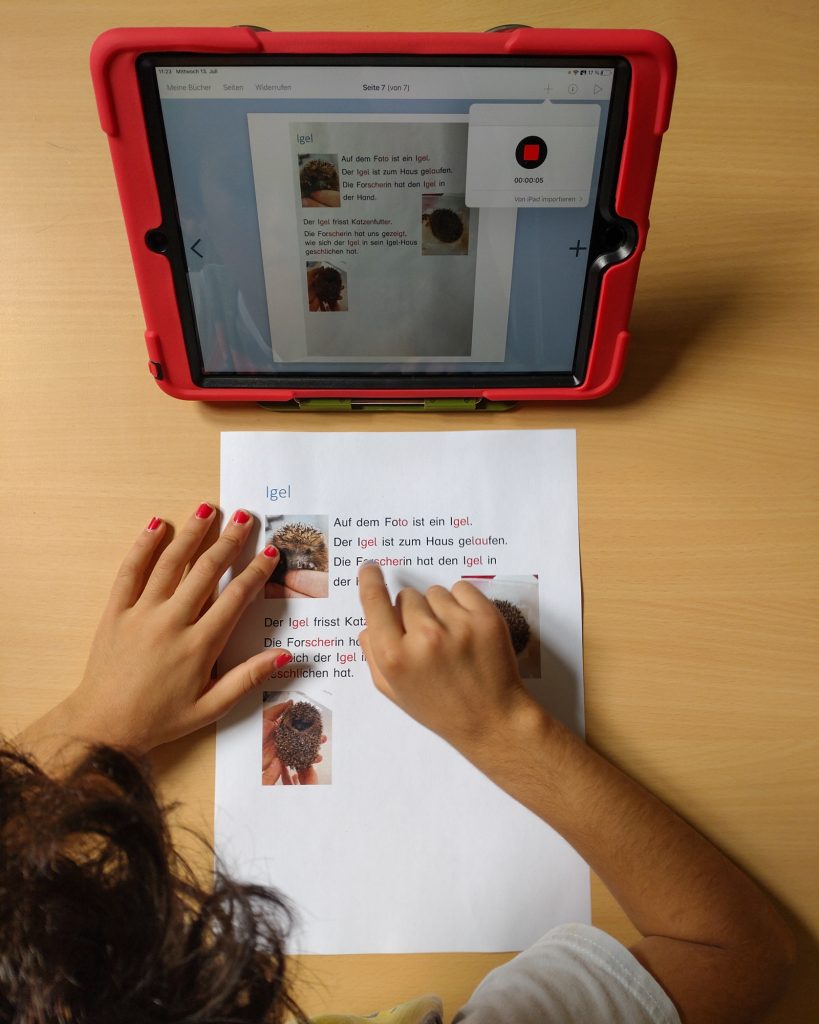
Picture 2: A child recording their reading to listen to the reading.
But this girl told me something else. This girl told me that her destructive way of blocking her learning by not facing letters was at the same time a way of protection. She wanted to be able to read but she couldn’t enter her next step of learning. She needed someone to protect herself from feeling harm and from feeling helpless in face of failing or not being able to. She needed me accompanying her emotional regulation. Maybe this knowledge is common sense – but sometimes it is hard to know where the contact in times of being pushed away can happen, were the relations ship can be retaken after it has been refused. The tablet as a device of desire helped me, but it was the audio function that made her feel securely attached to her learning.
After the recording of her reading of a small text we sat together and listened to her reading. It made us happy, her and me – we were close and happy together in that little moment.
I was aware that she had needed my presence and my protection in giving her the proof that she could read.
Being pushed away, refused by the child – that is where the teacher’s professional attitude is needed as these kids need closeness as well as the presence and the protection of not feeling harmed. And they need us teachers to not give up on them.
Lana Schiefenhövel
Lana.schiefenhoevel@muenchen.de

